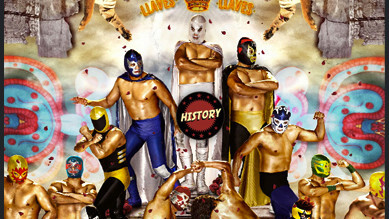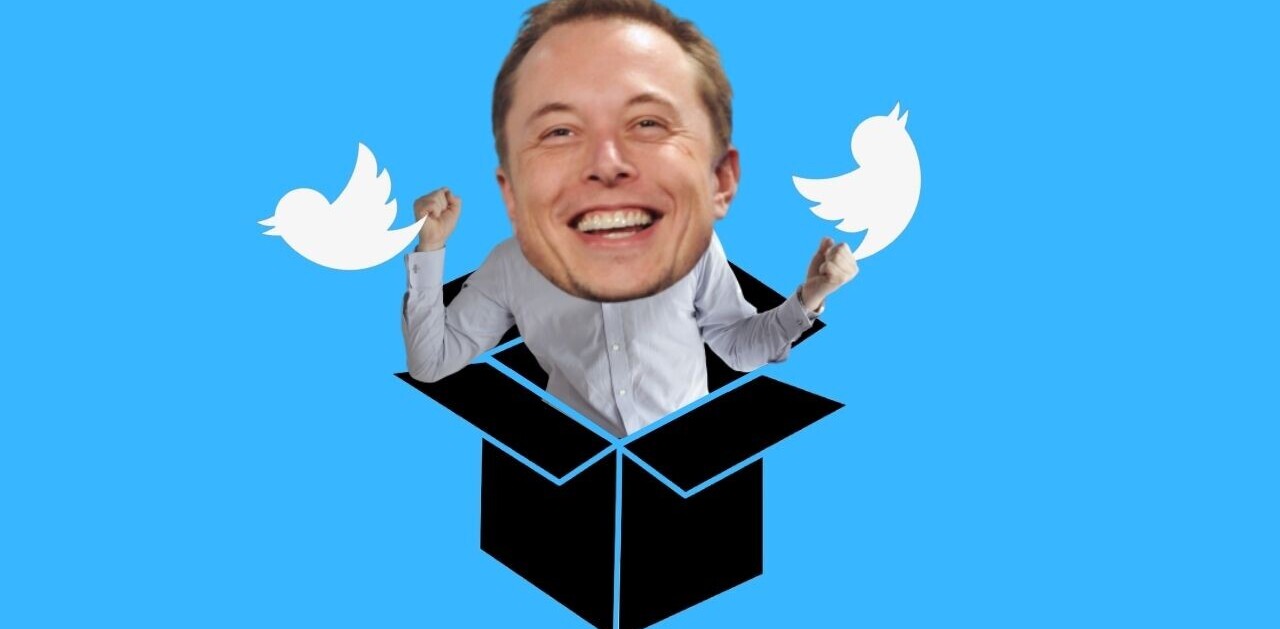

These days, we’re inundated with information. It comes at us from all directions, all the time — we’d be in serious trouble if we didn’t have a couple of years to ease into it all. We try to handle and organize the information we come across in order to make it easier to digest.
As useful as the Twitter service is, it can be tough — even intimidating — for some users to stick with it before becoming overwhelmed and frustrated by the flow of information. Developers have helped to ease the pain by releasing apps that take advantage of great features to make interacting within the social network much easier, even before Twitter implements similar features.
Twitter doesn’t ignore us as it may seem sometimes, because today the company confirmed the release of a useful new feature: Local Trending.
Basically, Local Trending is a take on Twitter’s Trending Topics feature, but catered to your area. You can see more of the specifics about the feature here, in an earlier post.
It sounds great and I’m looking forward to when it’s fully released into the wild, but…
Why does it matter?
In order to really get into that, we’ll have to look to how location based services, or LBS, came to be in the first place. The first geographical information system was developed as part of a project in 1962 when Canada decided to get a Land Inventory together (thanks, Canada!). This was basically the first version of the database that’s behind things like Google maps, and keeps GPS’s from getting you lost. I won’t bore you with the rest of the detailed stuff, so I’ll just draw a sweet venn diagram for you.

So to get the LBS’s we have today, you need some neat things: the Internet, some kind mobile device, and a location information database. Smash them together and you have fun applications like Foursquare and features like Twitter’s geolocation tags. Think about all of the mobile data applications that are linked to location info, and ease of accessibility to devices like the iPhone that have the technology built in.
What’s the big picture?
Where we are, our location, plays a key role in determining what we’re doing and why we’re doing it. Location is correlated with our choices — of our needs, as consumers, for information and products. So when businesses work with an LBS, it becomes win-win for both parties. Businesses get money from, well, business, and pushing related ads, just to name a couple. What do we get as consumers? Stuff we want — things that are relevant to us — and more power to filter out what we don’t.
Focusing on Twitter
It’s all about what’s relevant to you. What information is valuable. When faced with information saturation, we seek value. Twitter has given us another way to turn down the noise, and really get to the nitty gritty of what matters to us, where we live. Although there is hesitation by most to open up and provide the data needed to drive the local trending topics — geotagging — communication has shifted, and it’s time to embrace the advantages of word of mouth networking. That is, if you haven’t already.
According to our earlier post, “currently, Twitter’s geolocation feature has not seen a great deal of uptake with only 0.23% of tweets with geolocation enabled.”
If geolocation is how Twitter will power new features, then we need to get on the ball to make it work.
For the everyday user, local trends will help to filter out noise, and you never know — you might discover a new restaurant or even connect with your community in a whole new way. Local businesses will be able to pinpoint activities, up the ante on customer service and act from there.
Overall, for diehard twitterers, the new Local Trending feature is a dream — both to businesses and consumers. If you’re a bit cautious to jump into the service, this feature just may help you get used to the water and stick around long enough to enjoy it.
Get the TNW newsletter
Get the most important tech news in your inbox each week.





